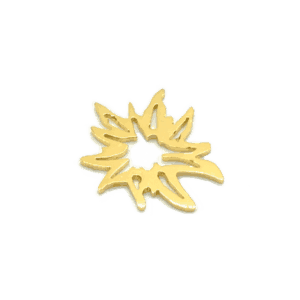 The edelweiss (lat. Leontopodium) is a very well-known and sought-after flower of the Alps. In Munich, goods of all kinds have been labelled with it since the end of the 19th century. The most Bavarian of all flowers is a symbol of the city.
The edelweiss (lat. Leontopodium) is a very well-known and sought-after flower of the Alps. In Munich, goods of all kinds have been labelled with it since the end of the 19th century. The most Bavarian of all flowers is a symbol of the city.
Woolly with many flower baskets
In the Bavarian Alps, it grows from an altitude of 1,800 metres. The flowering period is from July to September. The flower is overwintering and the leaves look white and woolly. It grows up to 20 centimetres high. Its star-shaped flower is particularly striking. This is a so-called false flower. It is actually just the white felt leaves of the plant. The flower itself consists of dozens of small flower baskets that sit in the centre of the star-shaped leaves.
Edelweiss is a symbol of bravery
The alpine flower was initially used as a medicinal herb for stomach ache. Boiled with honey, it was said to help with stomach upsets. This is why edelweiss was often called ‘Bauchwehbleamerl’ in Bavaria. Its commercialisation began in the 19th century and since then it has been used to decorate all kinds of goods. Alpine clubs also adorn themselves with the symbol.
Tourism gave the edelweiss yet another meaning. It was a symbol of love and bravery. Back then, young men who picked such a flower for their loved one were considered particularly brave, as edelweiss only grows in exposed places in the mountains and is therefore difficult to reach.
Is under nature protection
The flower was in great demand in the 19th century and was picked excessively, so that it was already highly endangered at the time. It has therefore been a strictly protected species since 1886. Despite this, the edelweiss is now only rarely found. It only thrives in a few barely accessible high mountain areas.
Munich nurseries sell cultivated edelweiss that you can plant in your own garden at home. The alpine flower is also very easy to dry and retains its colour and shape for many years.